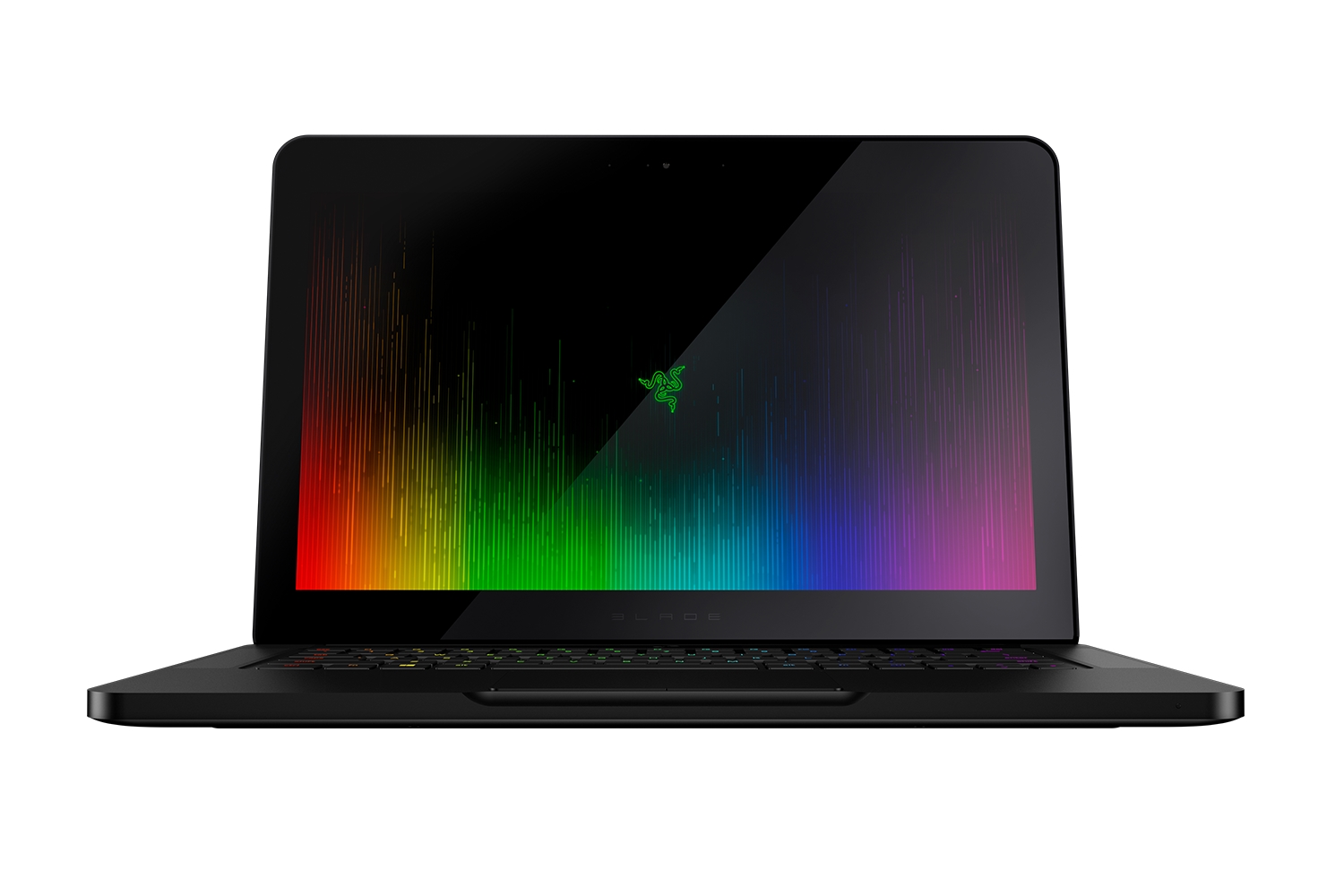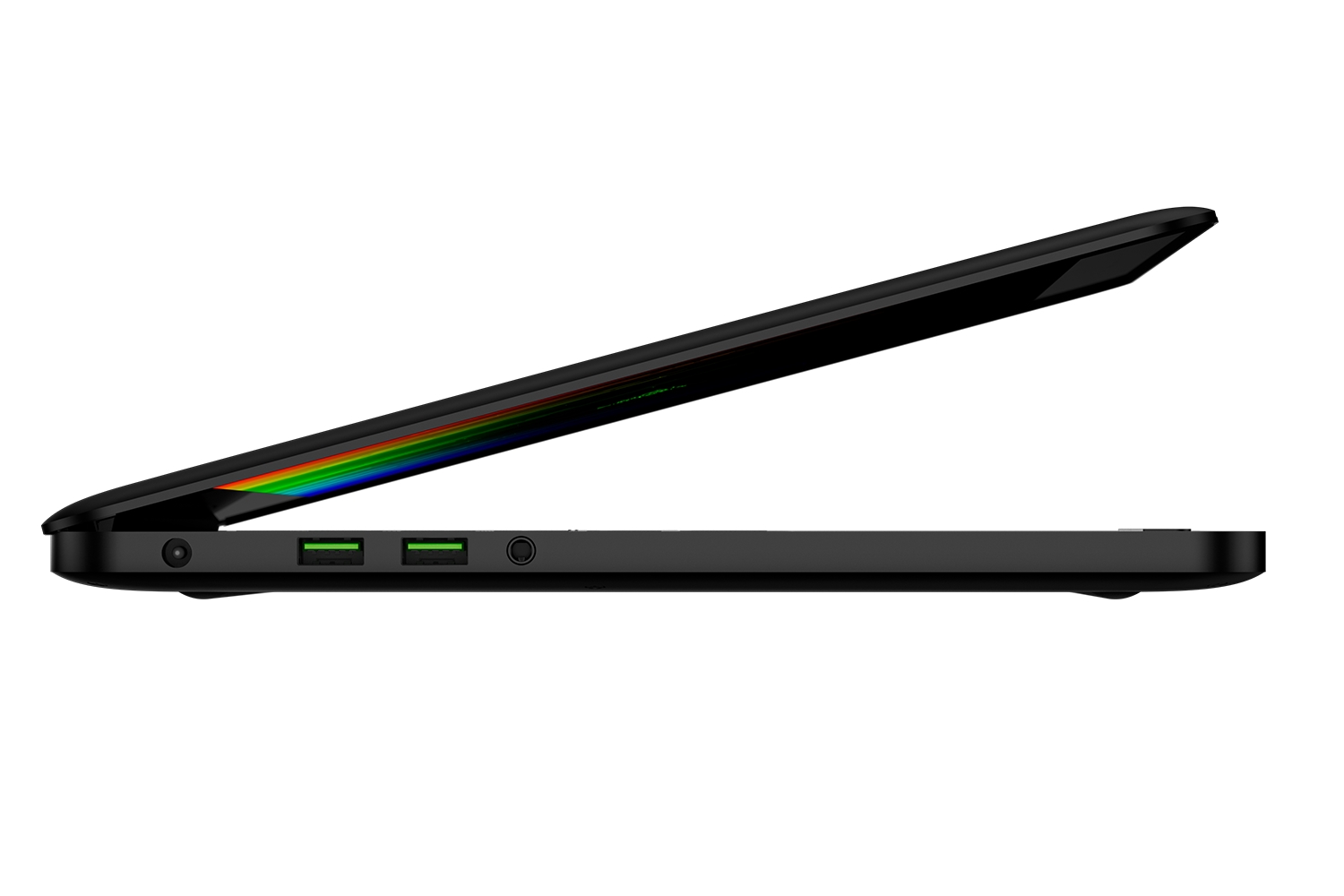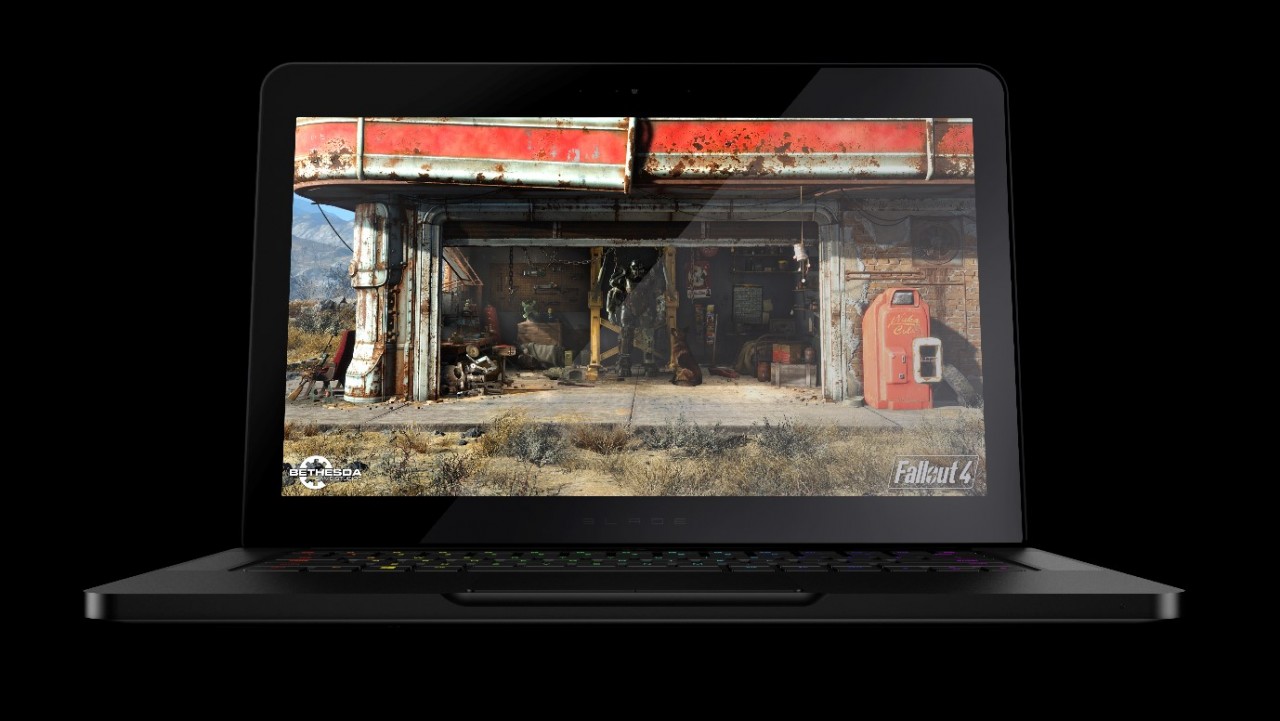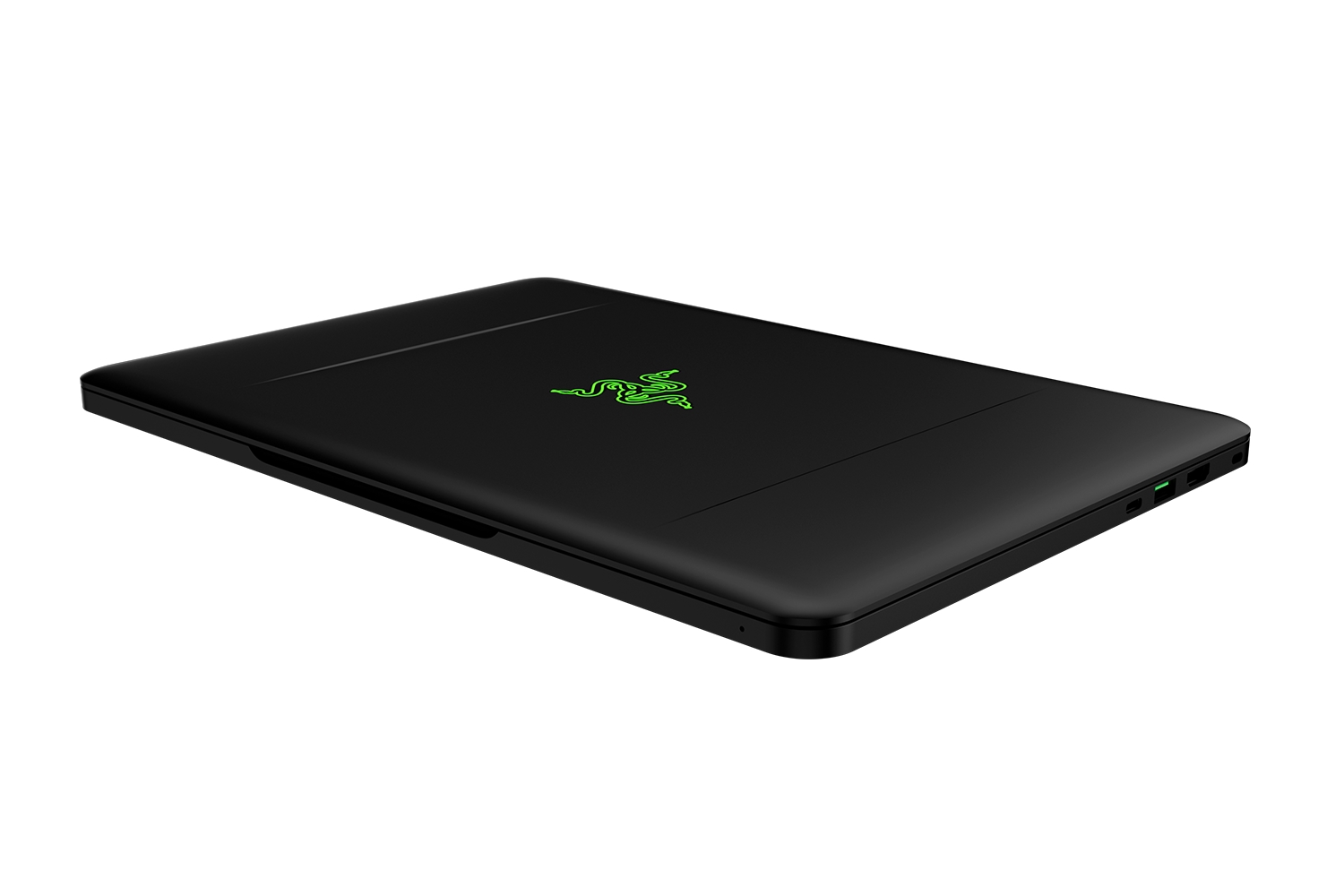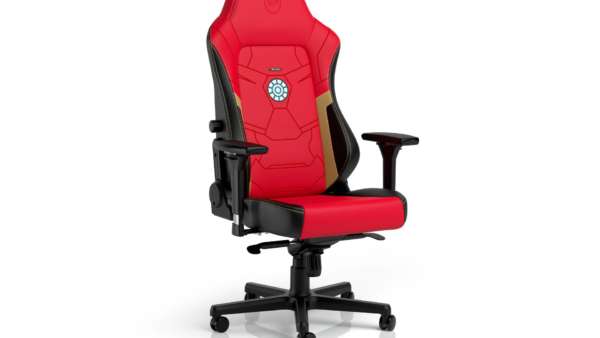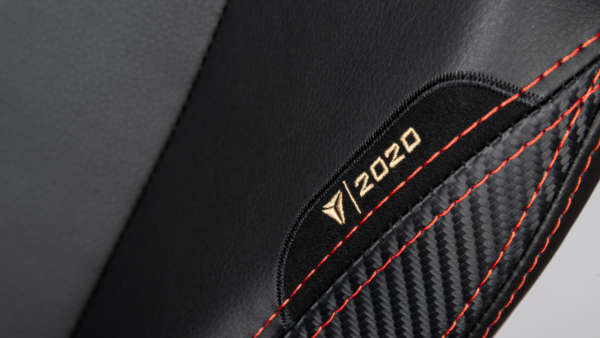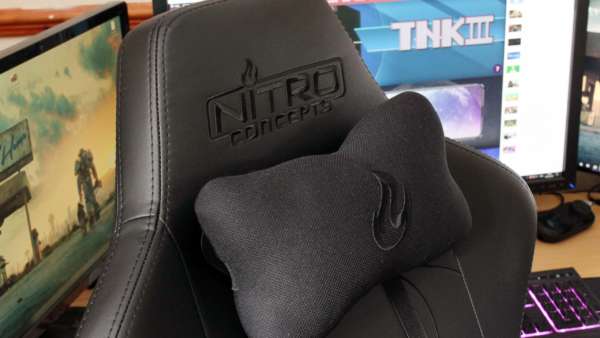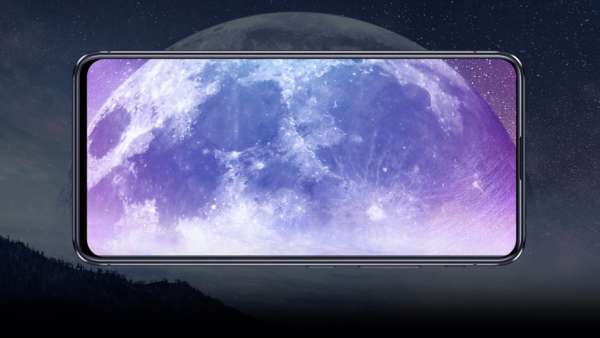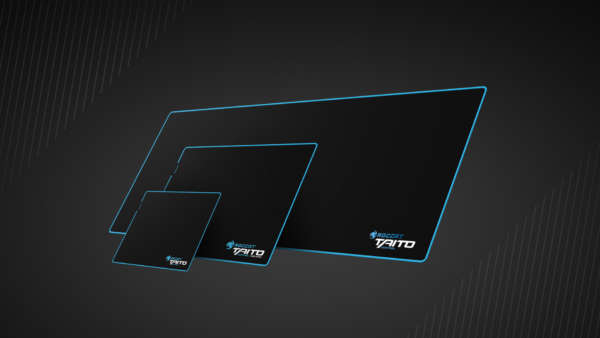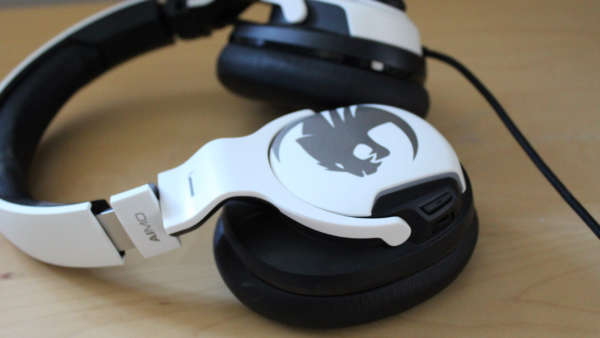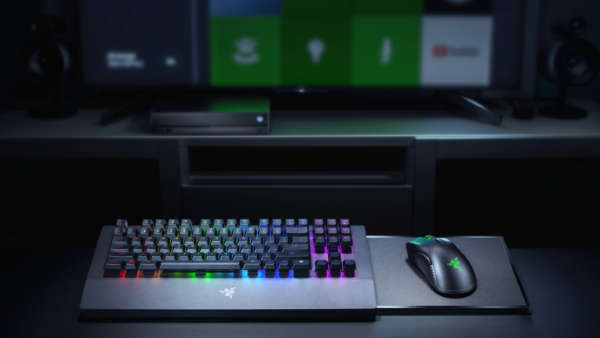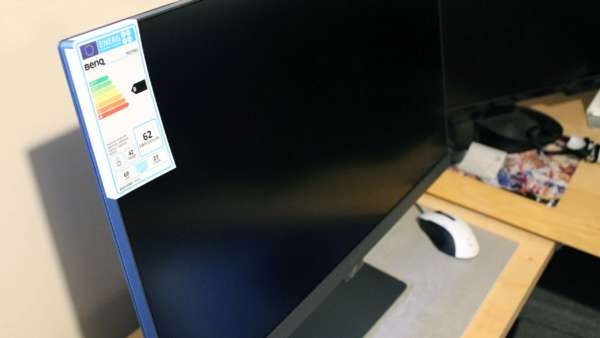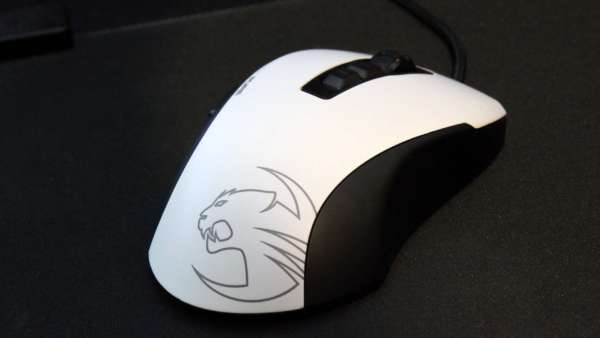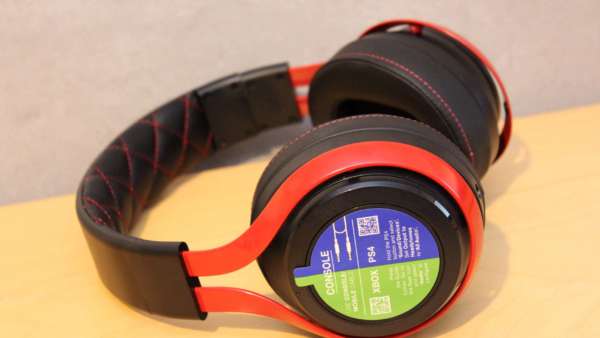Razer has been in the laptop game for a while now and have recently updated their Blade range with the new Razer Blade GTX 1060 which comes with either a 14 inch QHD screen or Full HD screen. The Razer Blade 2016 model is their mid-tier version which includes the more portable Blade Stealth and the power-heavy Blade Pro. The importance for gamers is that this mid-tier gaming machine is the best balance between power and portability with Nvidia’s also mid-range graphics chip, the GTX 1060 GPU.
The Razer Blade comes with a desktop not mobile version GTX 1060 with 6GB of GDDR5 VRAM rather than the 3GB version that is also on the market with a lower clock speed and fewer CUDA cores. Even if you compare the chip to the previous Blade GPU which was the mobile 970M it is a lot less powerful than the new beast inside the 2016 model of the Blade. In Razer’s own tests they have managed to get the card to benchmark a whopping 9234 in Fire Strike compared to the 6,000 levels of the previous card. We will go into our benchmarks a little bit later on and see if we can also get a realistic score close to what Razer have been able to achieve.
In terms of design, it has not changed much compared to its predecessors. The overall matte black casing is still impressively thin considering what’s inside and is made from a light CNC aluminium shell making it pretty tough. From a weight perspective it comes in at 1.89kg which is impressive as my Surface Pro 3 is only 1kg lighter and packs not even 20% of the firepower. Compare it to the MacBook Pro which weighs around 2.06kg, it wins hands down. Thickness of the Blade only reaches 17.9mm which is impressive when the MacBook Air only makes it to 17mm. For a desktop grade GPU to be sitting inside its frame, it surprising they have managed to get the formfactor so slim. It does seem to be a magnet for fingerprints though and probably not helped by the fact is it matte black, but as far as casing goes it is rock solid and a great design with no fuss. Just have a cloth to hand to wipe it down every so often.
All the Razer Blade models feature a 14 inch display but the hardware specs differ depending on which one you pick up. The cheapest option is the matte IPS panel with a full HD screen 1920×1080 resolution, which is the one we tried out in this review. Compare that to the most expensive option, with a QHD+ touchscreen with a resolution of 3200 x 1800. Other extra’s which can change the price is the size of the solid state drive with options ranging from 256GB to 1TB.
